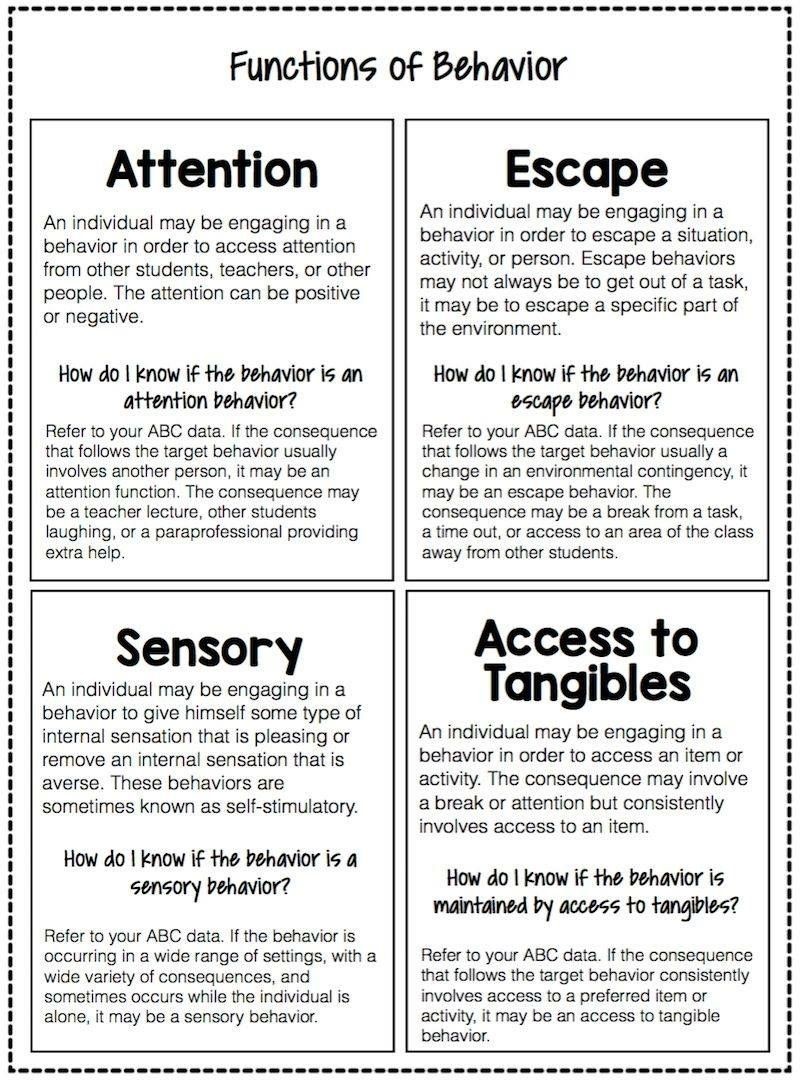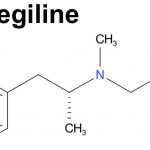
Contents
- 1 What Are the Different Types of Behavior Disorders? 7 Types
- 1.0.1 7 types of behavioral disorders
- 1.0.2 What are risk factors for behavioral disorders in children?
- 1.0.3 What are the signs of behavioral disorders?
- 1.0.4 What can happen if behavioral disorders are left untreated?
- 1.0.5 How can parents help children with behavioral disorders?
- 1.0.6 What are the treatment options for behavioral disorders?
- 1.0.7 Subscribe to MedicineNet’s Children’s Health & Parenting Newsletter
What Are the Different Types of Behavior Disorders? 7 Types
Behavioral disorders are common in children and involve disruptive behaviors that can cause problems at home, school, and in social settings.
If left untreated in childhood, behavior disorders can have a detrimental effect on maintaining relationships and holding down a job.
Learn about 7 types of behavioral disorders common in children.
7 types of behavioral disorders
1. Attention deficit hyperactivity disorder (ADHD)
ADHD is one of the most common behavioral problems among children, adolescents, and adults. Symptoms include:
- Impulsive behavior
- Inability to pay attention
- Poor time management skills
- Mood swings and irritability
- Low frustration tolerance and difficulty dealing with stress
These symptoms can lead to issues such as:
- Financial insecurity
- Unemployment
- Problems with authority
- Drug abuse or misuse
- Unstable relationships
2. Conduct disorder (CD)
Children who exhibit a continuous pattern of violence against others and violation of rules and social norms at home, school, and with peers may be diagnosed with CD. Children with CDs are more likely to get hurt and struggle to get along with their classmates. Characteristics of CD include:
- Breaking major rules, such as skipping school or breaking curfew
- Being aggressive, such as bullying others or being violent or cruel to animals
- Lying, stealing, or intentionally causing damage to other people’s property
3. Oppositional defiant disorder (ODD)
ODD is characterized by continuous defiance and disobedience toward people in authority. Oppositional conduct is a natural part of toddler and adolescent development. However, when such conduct becomes aggressive, frequent, and excessive, a diagnosis of ODD may be made.
4. Intermittent explosive disorder
This disorder is often diagnosed in children over the age of 6. Children and teens with this disorder exhibit the following symptoms:
- Frequent outbursts that are out of proportion to the situation
- Violent words and actions
- Behavior that causes damage to property and harm to both animals and humans
5. Obsessive-compulsive disorder (OCD)
OCD is characterized by persistent, uncontrolled, and intrusive thoughts, urges, and actions. Symptoms may include:
- Engaging in activities such as continual washing and cleaning
- Repeating mantras or prayers
- Adhering to rigorous schedules
- A desire for things to be symmetrical and in order
- Repeatedly counting and checking things
- Excessive worry about germs
OCD is a debilitating disorder that can make it extremely difficult to function normally. OCD can lead to additional issues such as bipolar illness, depression, and anxiety.
6. Bipolar disorder
Bipolar disorder can start in childhood and continue throughout adulthood. It is a hereditary disorder that is frequently misdiagnosed or misidentified as ADHD. Bipolar disorder is characterized by frequent mood swings, in which the child alternates between feeling euphoric to deeply depressed.
7. Anxiety disorder
Anxiety disorder in children can cause them to have trouble sleeping or face difficulty performing at school or in social situations. The most common type of anxiety illness is panic disorder, which is characterized by extreme episodes of dread that occur without any type of stimulus or trigger.
What are risk factors for behavioral disorders in children?
- Sex/gender: Behavioral disorders are more likely to affect boys than girls. It is unknown if the cause is hereditary or related to experiences with socialization.
- Gestation and delivery: Difficult pregnancies, premature birth, and low birth weight can all contribute to behavioral disorders.
- Brain development: Studies have reported that children with ADHD had less activity in regions of the brain that regulate attention.
- Learning disabilities: Reading and writing difficulties are related to behavioral issues. Children with learning disabilities are twice as likely to develop behavioral problems.
- Anger issues: Children who are difficult to control and exhibit aggressive tendencies from an early age are more likely to have behavioral issues later in life.
- Family relationships: Behavioral problems are more common in dysfunctional homes characterized by domestic violence, neglectful parenting, or substance abuse.
What are the signs of behavioral disorders?
Warning signs that your child may have a behavioral disorder include:
- Easily irritated, angry, or anxious
- Problems coping with frustration
- Frequent tantrums and outbursts
- Isolation and social disengagement
- Anxiety that interferes with daily activities
- Property damage or destruction
- Stealing or lying
- Poor performance in school and skipping classes
- Smoking, drinking, drug usage, or sexual activity at a young age
- Hostility against authority figures
- Changes in appetite and weight fluctuations
- Neglecting personal hygiene and appearance
What can happen if behavioral disorders are left untreated?
Untreated behavioral problems can have detrimental short- and long-term implications on an individual’s personal and professional life. People may face suspension or expulsion from school or the workplace for acting out.
Complications of untreated behavioral disorders include:
- Depression
- Personality disorders
- Problems at school or work
- Drug and alcohol abuse
- Increased risk of injury
- Violations of the law
- Problems with relationships
- Suicide due to social isolation
The earlier a behavioral issue is identified and treated, the more likely the person will be able to find ways to manage symptoms and reduce the risk of complications.
How can parents help children with behavioral disorders?
You may be able to reduce your child’s risk of behavioral issues by providing them with a supportive and consistent home environment:
- Establishing clear expectations
- Creating a system of rewards and punishments for behavior
- Allowing your child to make specific choices
- Selective discipline based on the severity of the incident
- Participating in your child’s activities
- Redirecting your child’s activities to a safe and suitable setting
- Reducing stressors at home
- Avoiding rationalizing and ignoring inappropriate conduct
- Modeling and teaching acceptable behavior
What are the treatment options for behavioral disorders?
Early identification is crucial for treating the condition and improving the quality of life of both the affected child and their family. Early intervention programs for those who show early indicators of a mental illness have shown success in preventing the development of mental illnesses.
Treatment varies depending on the condition and may include:
- Parental education: Instructing parents on how to communicate with and control their children
- Family therapy: Assisting the entire family in improving communication and problem-solving abilities
- Cognitive behavioral therapy: Helping the child gain control over their thoughts and behaviors
- Social training: Teaching the child social skills
- Anger management: Teaching the child how to recognize triggers and cope with their feelings
- Support for related issues: Professional support for learning disabilities
- Medications: May aid in the management of impulsive behaviors
Subscribe to MedicineNet’s Children’s Health & Parenting Newsletter
By clicking "Submit," I agree to the MedicineNet Terms and Conditions and Privacy Policy. I also agree to receive emails from MedicineNet and I understand that I may opt out of MedicineNet subscriptions at any time.
By clicking "Submit," I agree to the MedicineNet Terms and Conditions and Privacy Policy. I also agree to receive emails from MedicineNet and I understand that I may opt out of MedicineNet subscriptions at any time.


